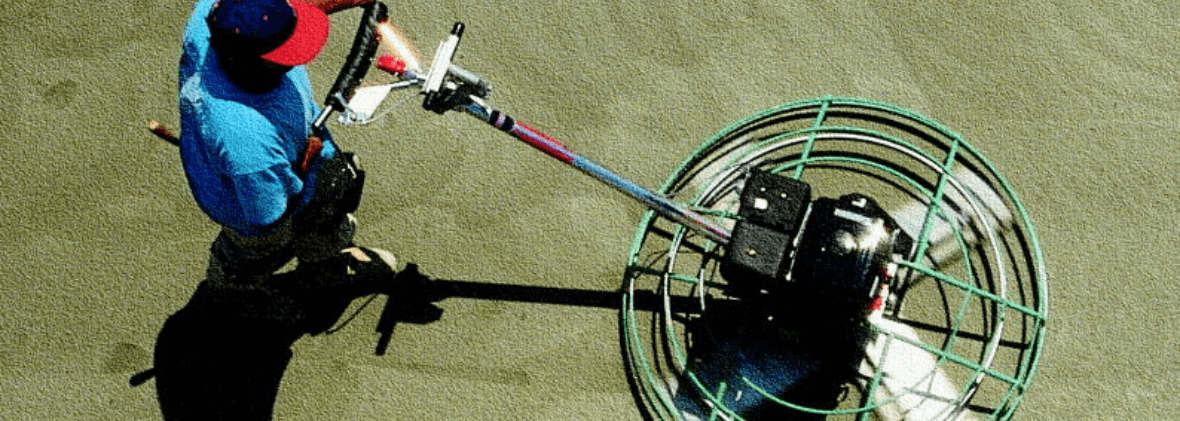
What Equipment Do You Need to Pour a Concrete Sidewalk?
Pouring a sidewalk requires preparation and the right tools. Concrete begins to set as soon as it’s poured, so every step needs to be ready in advance. Here’s a guide to the essential equipment and tools you’ll need for a successful concrete sidewalk project.
1. Protective Equipment
Working with concrete involves hazards. Protective gear helps reduce risks:
- Eye protection: Safety glasses, goggles, or face shields protect from cement splashes.
- Breathing protection: Masks or respirators prevent inhalation of lime and dust.
- Hearing protection: Earplugs or earmuffs guard against power tool noise.
- Skin protection: Rubber gloves and boots prevent irritation from direct contact.
2. Plate Compactors
Plate compactors prepare the soil before pouring by creating a dense, stable base. They use vibration or pounding action to remove air pockets from the ground.
3. Wheelbarrows
Wheelbarrows move small loads of concrete, tools, or waste around the site. Heavy-duty models with rugged tires handle the weight better and last longer.
4. Mixers
A concrete mixer is one of the most important machines for sidewalk projects. It uses a revolving drum to combine cement, water, and aggregate into a consistent mix. Mixers keep the blend agitated so it doesn’t set too early, reducing labor needs and ensuring quality.
4. Screeds
Screeds are long, straightedge boards or aluminum tools used to smooth wet concrete after it has been poured. Moving the screed flat across the concrete slab scrapes off any excess materials to create a rough but even surface. You must complete this step immediately upon pouring the concrete to ensure that excess bleed water doesn't rise to the surface.
Screeds are available in various sizes you can choose from based on the width of the sidewalk.
5. Shovels
Square-edged shovels help fill voids in the concrete and spread it evenly. They can also be used to move excess material or load smaller containers.
6. Screeds
Screeds are long, straight tools used to level wet concrete. They scrape off excess material and leave a flat surface. This step must happen immediately after pouring.
7. Vibrators
Concrete vibrators remove trapped air bubbles that weaken the slab. By shaking the mixture, they improve density and durability.
8. Finishing Tools
These tools give concrete its final texture and appearance:
- Trowels: Smooth the surface for a dense, even finish.
- Floats: Even out the surface after screeding.
- Brooms: Create textured, slip-resistant finish.
9. Groove Cutters
Groove cutters create joints in the sidewalk. These joints help control cracking and shrinking as the concrete dries and ages.
10. Saws
Power saws cut rebar, forms, or hardened concrete. They’re also useful for removing poorly set sections.
Rent Sidewalk Equipment From The Cat® Rental Store
The Cat® Rental Store has what you need for sidewalk projects — mixers, compactors, vibrators, and more. Our rentals are durable, affordable and backed by expert support. Request a quick quote or find your nearest dealer today.
FAQs About Concrete Sidewalk Equipment
What’s the most important tool for pouring a sidewalk?
A mixer is essential for combining materials into a quality batch of concrete.
Why use a plate compactor before pouring?
It prepares a stable base by removing air pockets from the soil.
Can I rent all these tools?
Yes. The Cat Rental Store offers mixers, compactors, vibrators, saws, and more with flexible rental terms.
Find The Cat Rental Store Near You